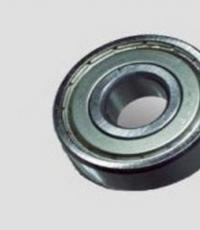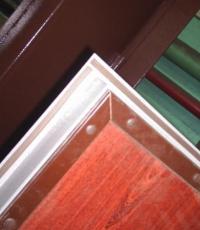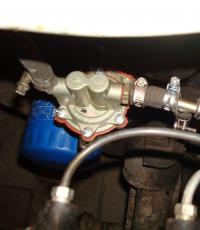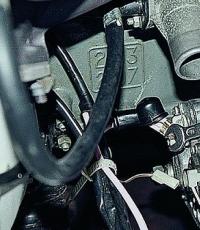VAZ 2106 carburetor - setting
Without exaggeration, the design of the VAZ classic carburetors can be called ideal. Weber, Ozon and Solex cannot, unfortunately, be attributed to the victories of domestic engineers, but foreign developments were applied very successfully and correctly. VAZ 2106 survived all three types of carburetors that we have listed, but there are no significant and cardinal design changes in them.
The principle of operation of the VAZ 2106 carburetor
Despite its structural simplicity, the VAZ carburetor requires some attention and is quite picky about the purity of the fuel. There should be no problems in adjusting the carburetor 2106. The most important thing is to know the principle of its operation, what the adjusting screws are responsible for, and what else can be adjusted there.
We will not disassemble the carburetor device in detail, we will only find out the purpose and structure of those systems that can be adjusted. The carburetor is designed for metered mixing of fuel and air and ensuring the normal operation of the engine in different modes and under different loads. So, the idle system is designed to ensure the engine is idling, and we will start with it.
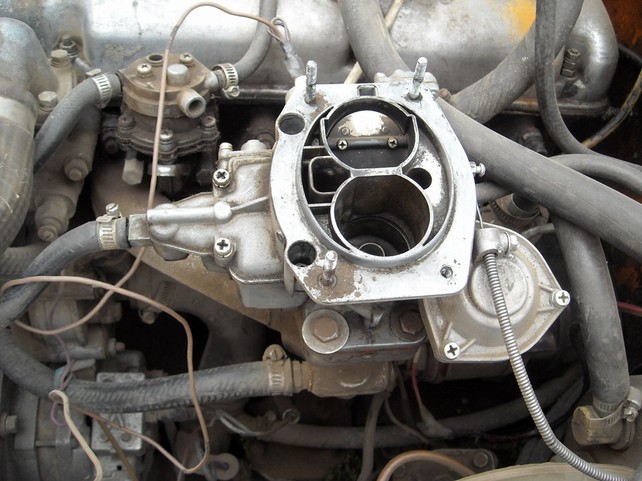
Idling system of the carburetor VAZ 2106
For stable idling, the VAZ 2106 carburetor is equipped with an autonomous system that does not depend on the position of the carburetor throttle. Fuel enters the idle system through a separate channel from the float chamber, the cleanliness of which must be periodically monitored. Fuel can be dosed by adjusting screw. Air enters the idle system through a separate channel through a calibrated jet and mixes with gasoline in the emulsion chamber.
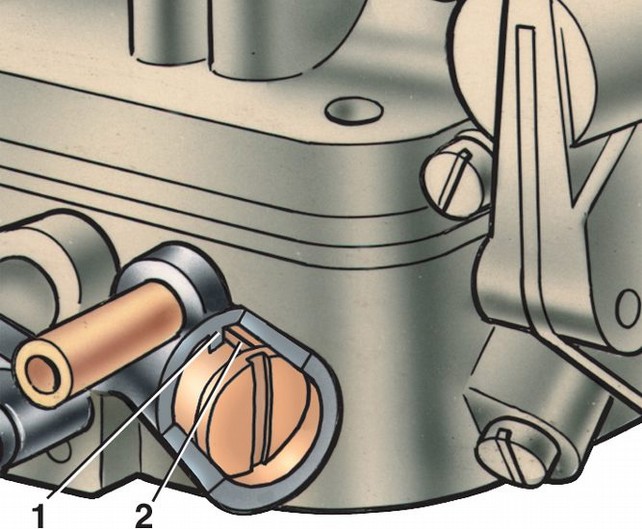
To adjust the idle speed on the VAZ 2106 carburetor, two screws are provided - a screw for the amount of the mixture and a screw for the quality of the mixture. The idle speed is adjusted by a quantitative cone screw. It is he who passes so much fuel that the idle speed corresponds to the nominal passport. For the VAZ 2106, this value is 700 rpm. The VAZ 2106 carburetor, the setting of which is carried out when the engine performance deteriorates, requires periodic flushing, after which adjustment is inevitable. Even with slight thermal expansion and with mechanical interventions, the dosage of air and fuel can change, as well as the tightness of the joints of the parts of the carburetor itself.
How to prepare the engine for idle adjustment
Idling adjustment not only stabilizes the engine in this mode. Proper tuning will ensure the minimum amount of toxins in the exhaust gases, but you can only check the CO2 level with a special device. Idling adjustment is carried out on a fully functional carburetor with the level set in the float chamber, otherwise it will not be possible to achieve stable idling.
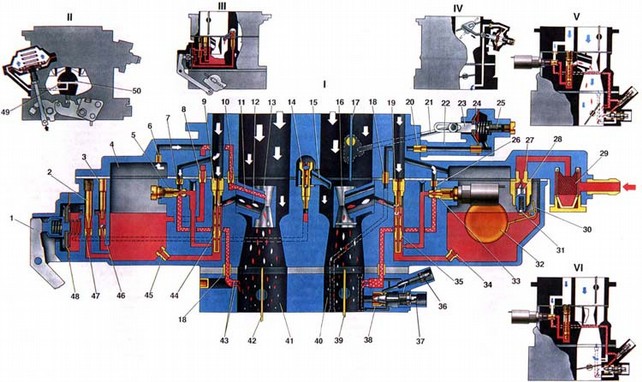
Before tuning, it is advisable to replace the air filter or at least check the condition of the old one, but the entire adjustment process is carried out only with the filter installed. Before adjusting, the engine is warmed up to operating temperature. The sensor should show the temperature of the coolant within 90 ° C. Also, before adjusting, you must make sure that the thermal clearances of the valves are in accordance with the norm, and the ignition is set strictly according to the marks. Also, before adjusting, make sure that the air damper is fully open. This is easy to verify even with the air filter installed.
Idling setting VAZ 2106
As we said, idle adjustment is carried out with two screws - the quality and quantity of the mixture. They are located on the side of the solenoid valve, it is easy to distinguish them. The larger screw is the amount of mixture screw, and they regulate the idle speed.
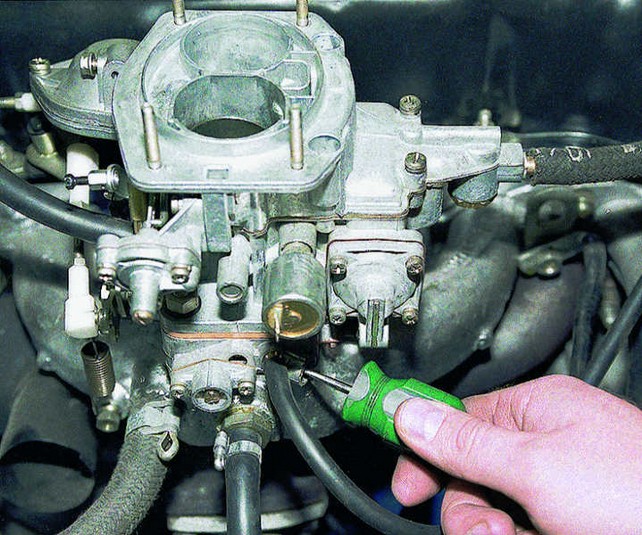
New carburetors have plugs and stops on these screws so as not to knock off the factory settings, but as a rule, they are removed immediately, so plugs and stops come across quite rarely.
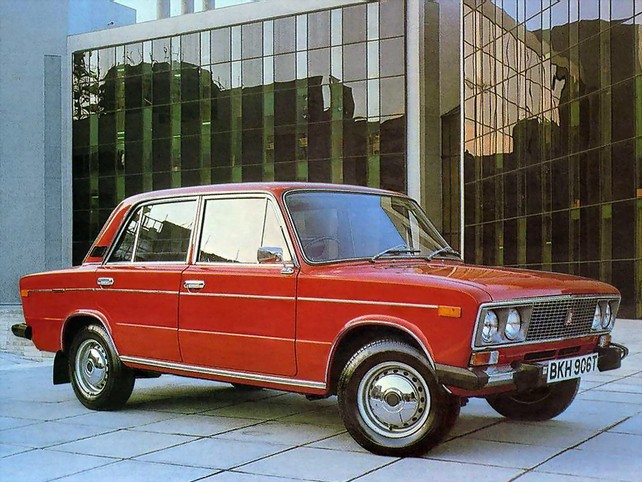
After adjustment, you need to sharply press the accelerator pedal several times and make sure that the engine works without interruptions and dips in transient conditions, and after releasing the pedal, the speed should remain at 700-800. Now the speed is adjusted, the carburetor is set, and your six is ready to go.

